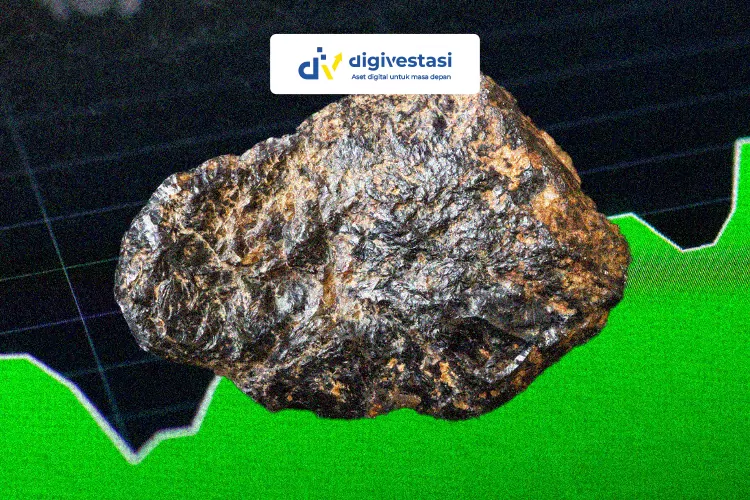
Saham News
Foreign Investors Quietly Buy These 10 Stocks - Check the List!
/index.php
Bisnis | Ekonomi - Posted on 14 February 2025 Reading time 5 minutes

On Wednesday (Feb 12), most commodity prices experienced a downturn. However, crude palm oil (CPO) and tin bucked the trend, rising by 0.6% and 1.3%, respectively, due to uncertain supply conditions.
Here’s a summary of key market movements from various sources:
Crude oil prices dropped more than 2% after U.S. President Donald Trump took initial diplomatic steps to end the war in Ukraine. The prolonged conflict had previously fueled global supply concerns, pushing oil prices higher.
According to Reuters, Brent crude fell by 2.36% to USD 75.18 per barrel, while U.S. West Texas Intermediate (WTI) dropped 2.66% to USD 71.37 per barrel.
Coal prices also declined on Wednesday’s trading session. According to TradingEconomics, coal prices fell by 0.24% to settle at USD 104.50 per ton.
Newcastle coal prices continued to slump below USD 105 per ton, reaching their lowest level in over four years amid a supply glut. China announced plans to increase production by 1.5% to 4.82 billion tons in 2025 after hitting record output in 2024.
Additionally, Indonesia’s coal production surged to a record 836 million tons in 2024, 18% above its target. Meanwhile, growing investments in alternative energy sources such as solar and biofuels are expected to dampen domestic coal demand.
Crude palm oil (CPO) prices strengthened on Wednesday. According to TradingEconomics, CPO rose 0.63% to MYR 4,624 per ton.
The price increase was driven by data from the Malaysian Palm Oil Board, which showed that palm oil stockpiles dropped to 1.58 million metric tons at the end of January—the lowest since May 2023—while production declined by 16.8% to 1.24 million tons.
Additionally, palm oil demand rebounded in India after imports hit a 14-year low in January. However, market uncertainty increased after President Trump announced new tariffs. In Europe, palm oil imports for the 2024/25 season, which began in July, dropped 21% year-on-year by early February, reaching 1.73 million tons.
Nickel prices weakened on Wednesday. According to TradingEconomics, nickel fell 0.58% to USD 15,430 per ton.
While production cut expectations briefly lifted prices, the market remains concerned about oversupply. Indonesia is reportedly considering reducing its nickel mining quota from 270 million tons in 2024 to 150 million tons in 2025, potentially cutting global supply by 35%.
However, China’s rapid smelting expansion in Indonesia following the 2020 nickel ore export ban continues to put downward pressure on prices. Additionally, new battery technologies reducing nickel dependency further dampen the metal’s outlook.
Unlike other commodities, tin prices surged on Wednesday. According to London Metal Exchange (LME), tin gained 1.33% to USD 31,581 per ton.
According to TradingEconomics, tin futures are now above USD 31,000 per ton, the highest in three months, driven by uncertain supply conditions.
Temukan berita dan artikel lainnya di Google News
Source: kumparan.com
What do you think about this topic? Tell us what you think. Don't forget to follow Digivestasi's Instagram, TikTok, Youtube accounts to keep you updated with the latest information about economics, finance, digital technology and digital asset investment.
DISCLAIMER
All information contained on our website is summarized from reliable sources and published in good faith and for the purpose of providing general information only. Any action taken by readers on information from this site is their own responsibility.